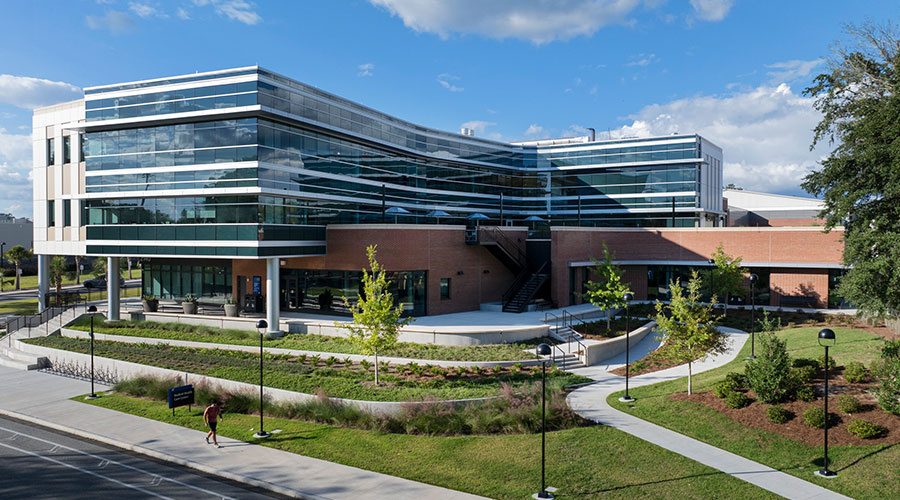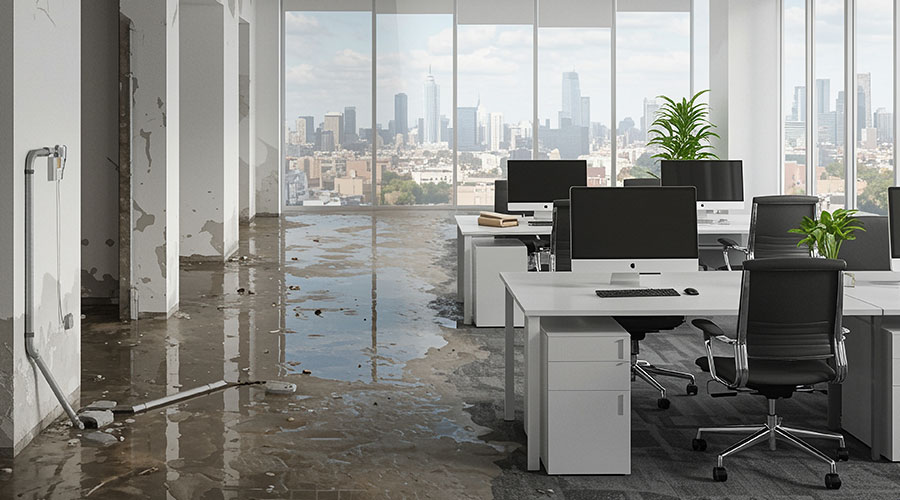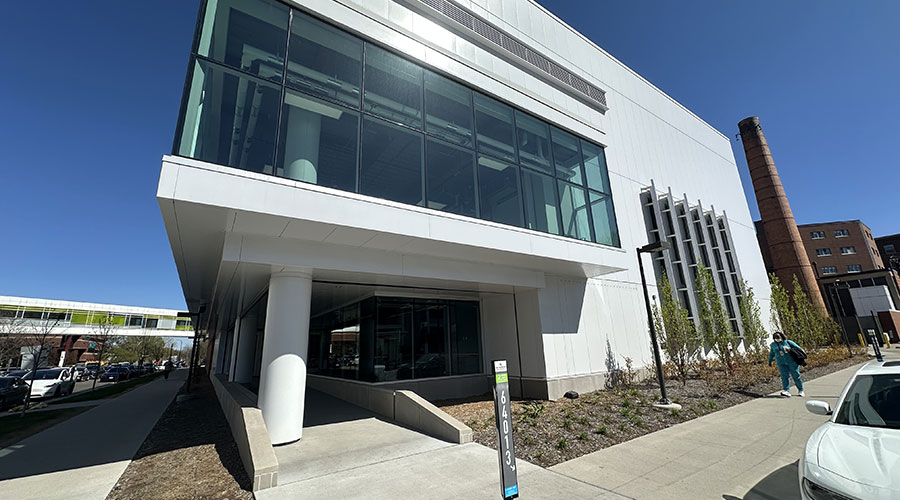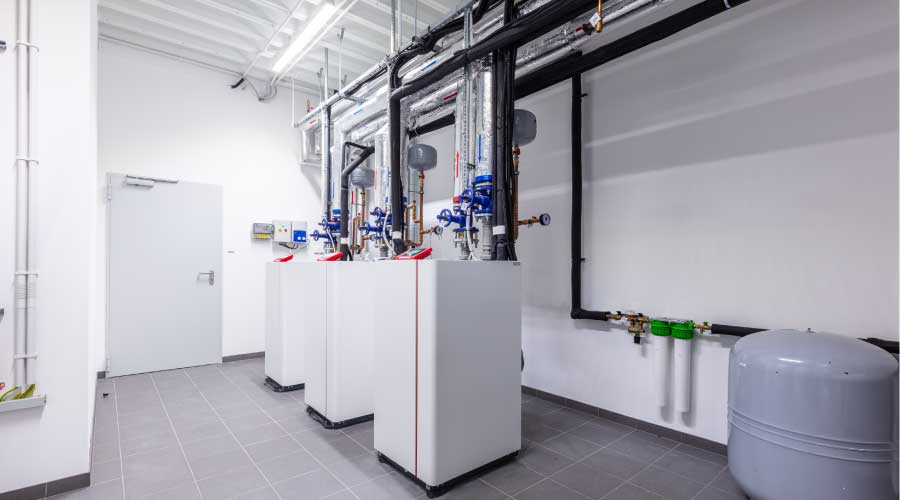Equipment, Operations Both Offer Areas For Improved HVAC Efficiency
By Casey Laughman, Managing Editor
OTHER PARTS OF THIS ARTICLEPt. 1: This Page
As energy efficiency and sustainability have become more of an area of focus over the last several years, much attention, naturally, has been paid to HVAC systems. After all, when you’re looking for areas to improve efficiency, why wouldn’t you start with a system that’s probably the largest chunk of your energy usage?
That attention has paid dividends, as equipment has become more efficient and operations techniques have become refined. Items such as variable-speed drives offer much improved efficiency on the equipment side; on the operations side, the importance of commissioning and paying attention to things such as making sure setpoints are restored after a temporary override has become more common knowledge.
But there are still areas for improvement, says Don Burroughs, associate vice president, Dewberry Corporation. Burroughs, who manages design and production for Dewberry’s Chapel Hill, N.C. electrical engineering group, says that there’s one step you can take that will tackle both equipment and operations.
“One of the first things any facility can do, and they can do it at a relatively low cost, is have an engineering or a commissioning firm come in and give your system a tune-up,” he says. “Have someone who’s knowledgeable come in and actually go through and evaluate your control systems, how they’re working; take a look at all of your air-handling systems, your mechanical equipment, look at the control screens, and look for anomalies.”
One of the reasons this is important is that, as Burroughs points out, in some areas, things haven’t really changed much.
“We’ve seen huge improvements in the efficiencies for water-cooled chillers, and we’ve seen huge improvements in the efficiencies for direct expansion equipment,” he says. “But the air-cooled chillers that are real common for medium-sized buildings that are on chilled water, their efficiencies aren’t much better than they were even 20 years ago.”
Another area lagging in terms of efficiency improvements, says Burroughs, is fans and pumps. But, one technology that offers the potential for big efficiency improvements in fans, pumps and chillers is magnetic bearings, which prevent the shaft from touching against metal, thereby increasing the machinery’s efficiency by cutting down on friction.
As a matter of fact, Burroughs says that chillers using magnetic bearings are actually more efficient at partial load than full load, as opposed to current chillers that are more efficient under a heavier load.
That difference in efficiency in current chillers is one reason why it’s not a good idea to simply put a variable-speed drive on every chiller you have and call it a day, Burroughs says. Instead, the better solution is to size a chiller or chillers to handle your base load then use variable-speed drives on additional chillers to handle extra load.
“The other chillers with the variable-speed drives would be what would pick up the top end of the load, where the load would be varying and they would operating at a part load much of the time,” Burroughs says. “That allows them to take advantage of those drives and give you increased efficiency.”
On the operations side, one of the most important things you can do is simply review your operations on a regular basis. What that means is not only checking to make sure that your setpoints are correct and that there are no overrides lingering from, say, a weekend event a couple months back, but also looking at how the building is being operated overall and whether it can be operated differently. For example, if the building is being started an hour-and-a-half before occupants arrive, try starting it an hour and 15 minutes before occupants arrive for a week and see if it causes problems. If not, knock off another 15 minutes the next week. While you’ll never be able to simply flip the switch when occupants start walking in the door, being able to not run the HVAC system for a half an hour or 45 minutes every day is a big savings.
Ultimately, there’s no such thing as a perfectly operating system, so diligence is required. Even in well-run buildings, Burroughs says, there’s always room for improvement, and small improvements in HVAC systems offer big benefits.
“We find in most facilities, even a well-run facility, we can go in and immediately, within minutes, find where there’s sensor points out of calibration, things not operating properly,” Burroughs says. “The system may ultimately be meeting its comfort goals, it’s just not doing it in the most efficient manner.”
Related Topics:











